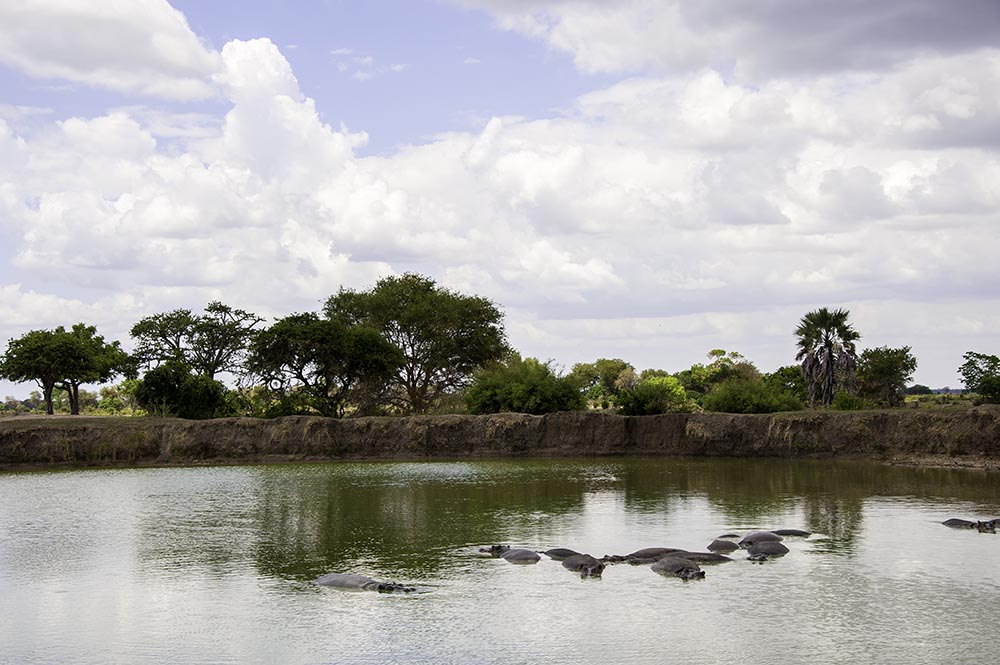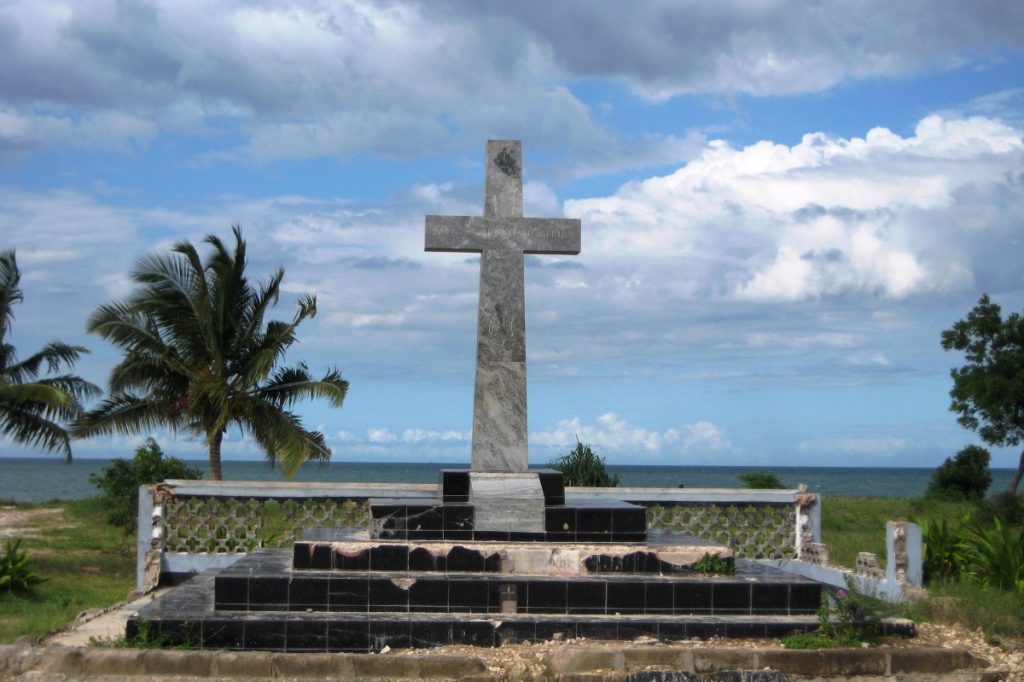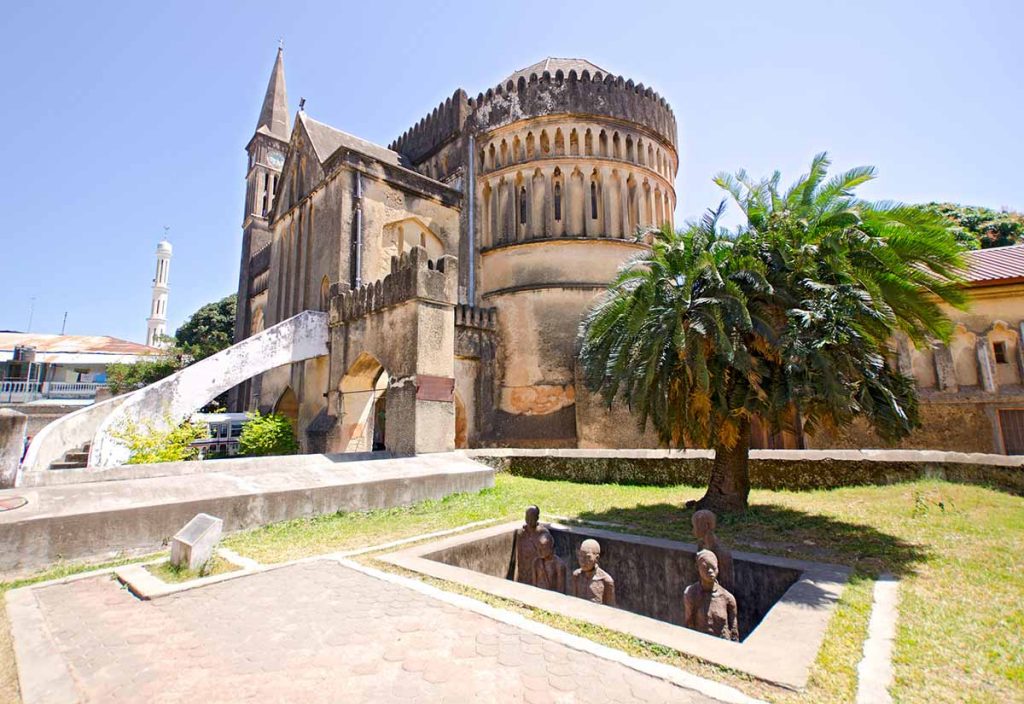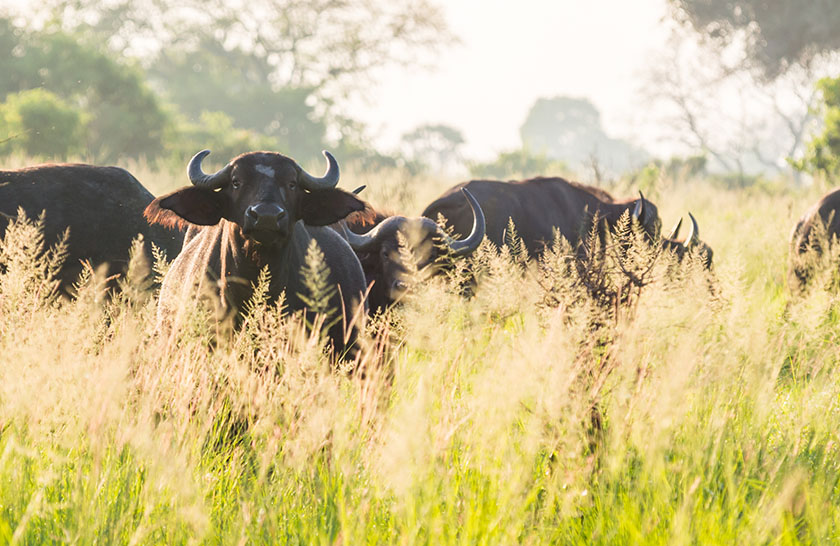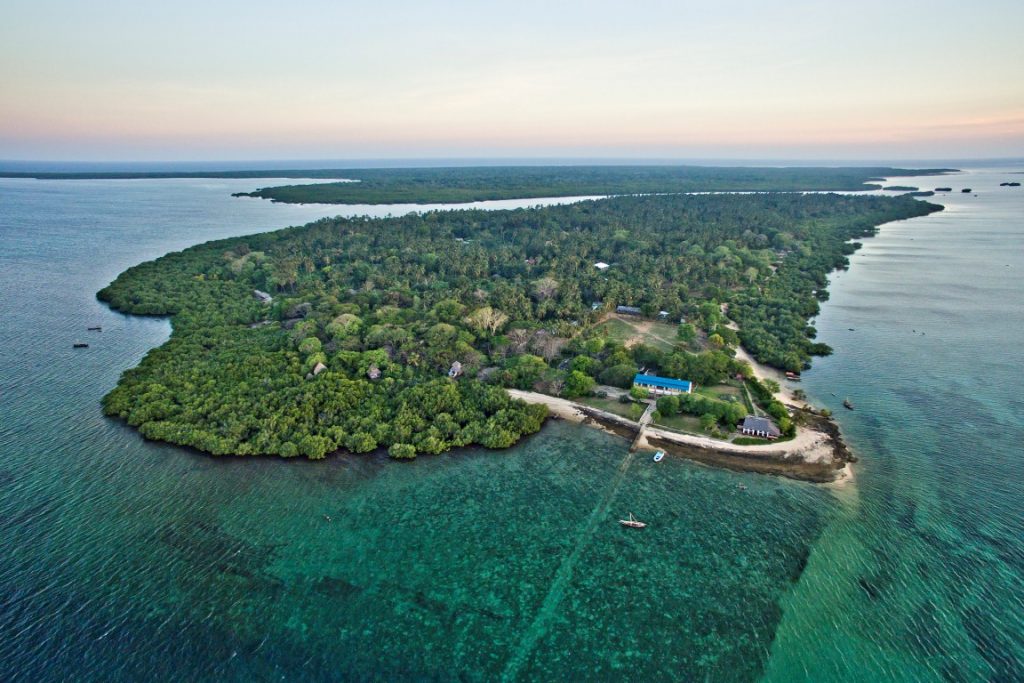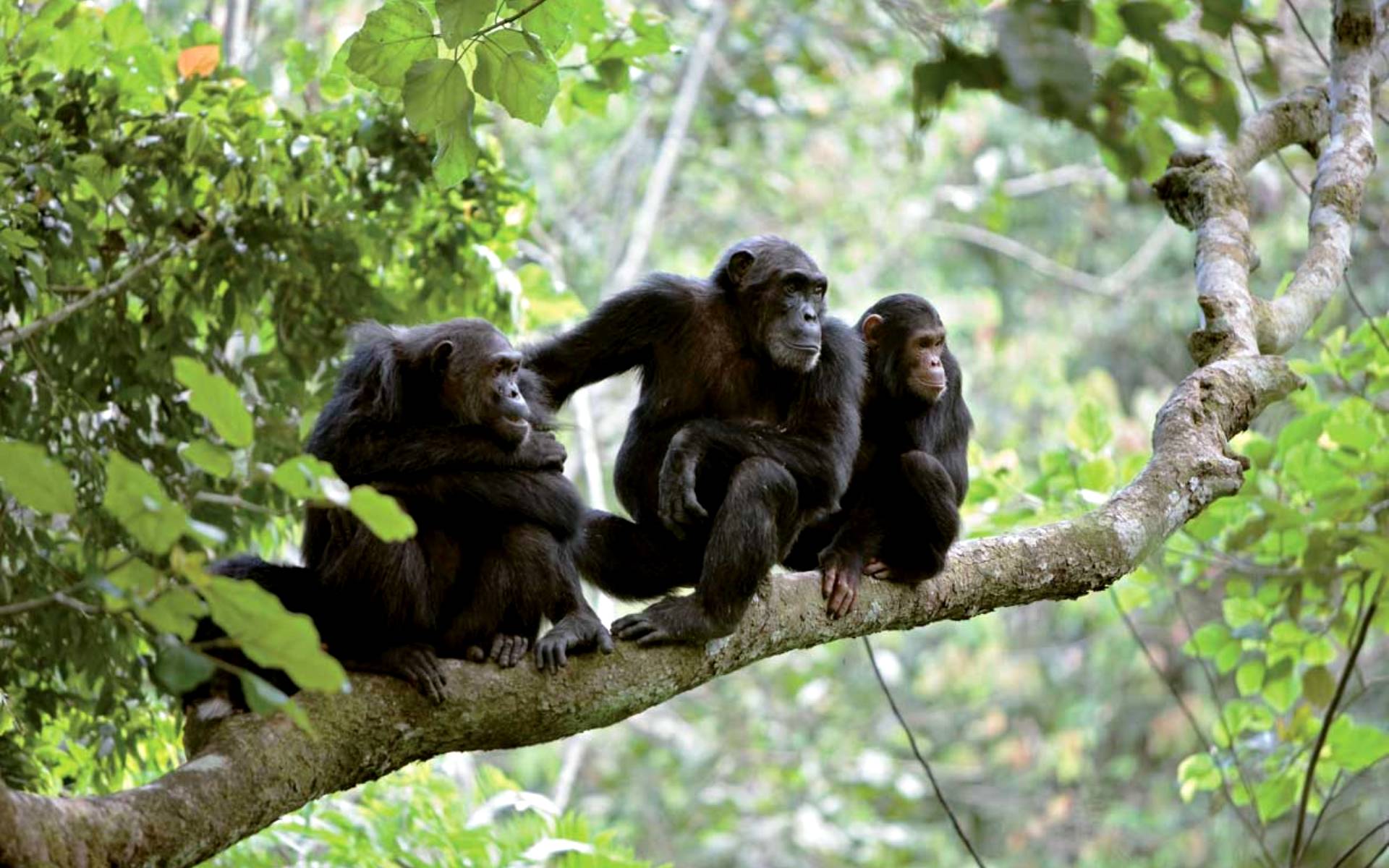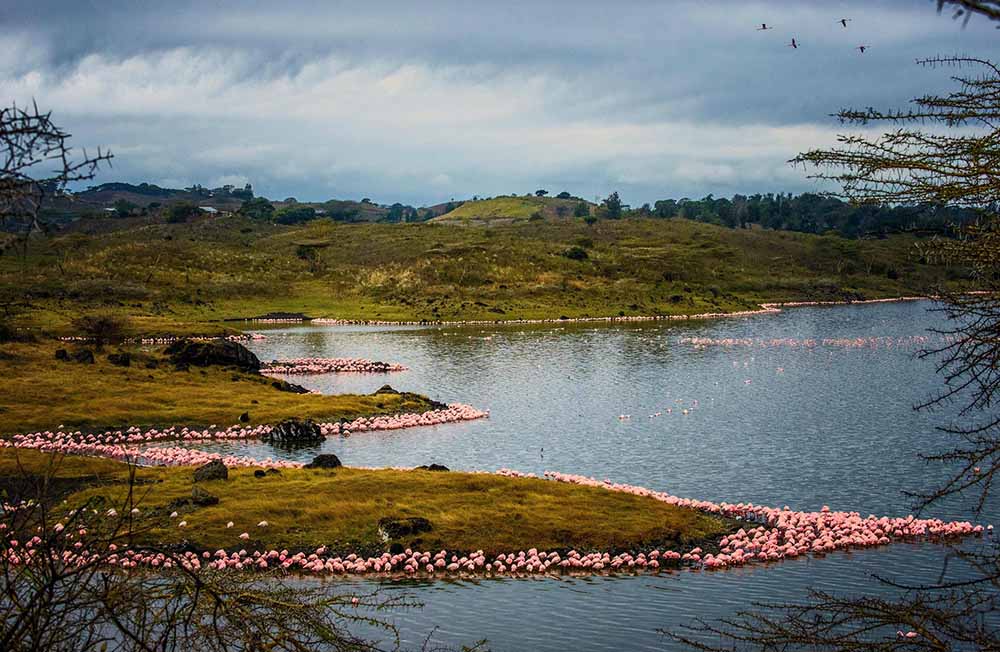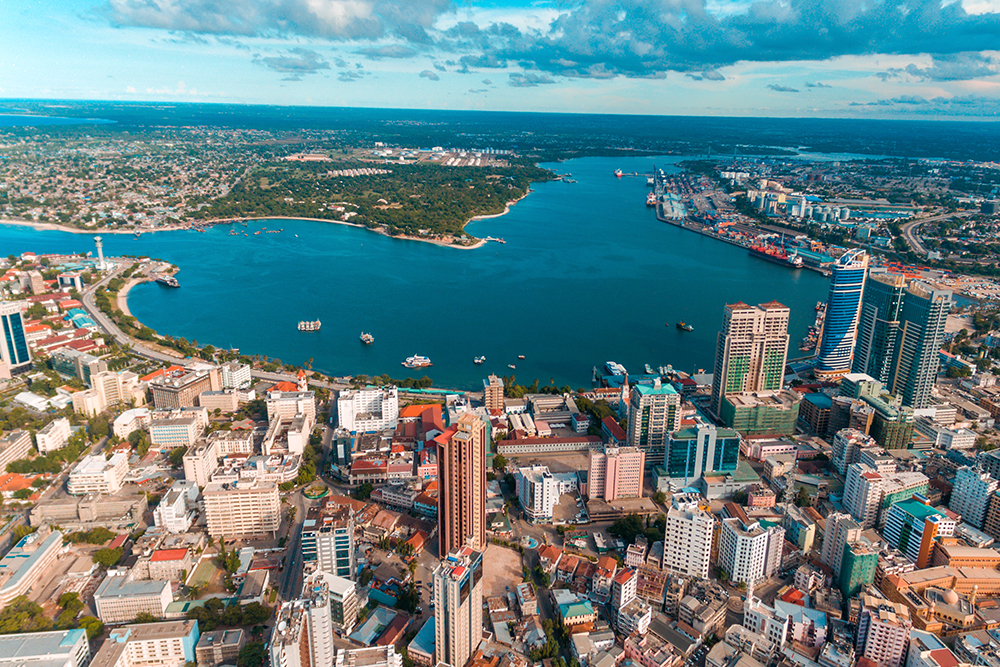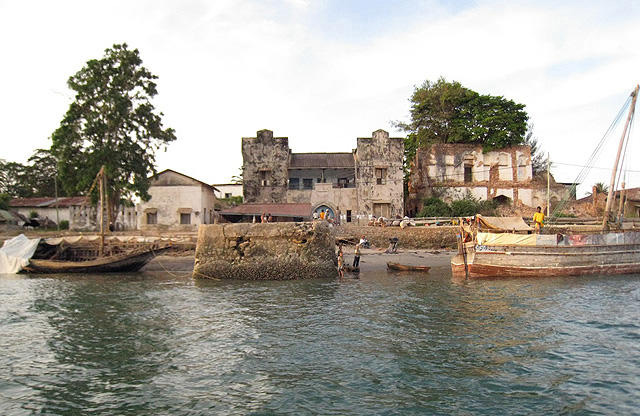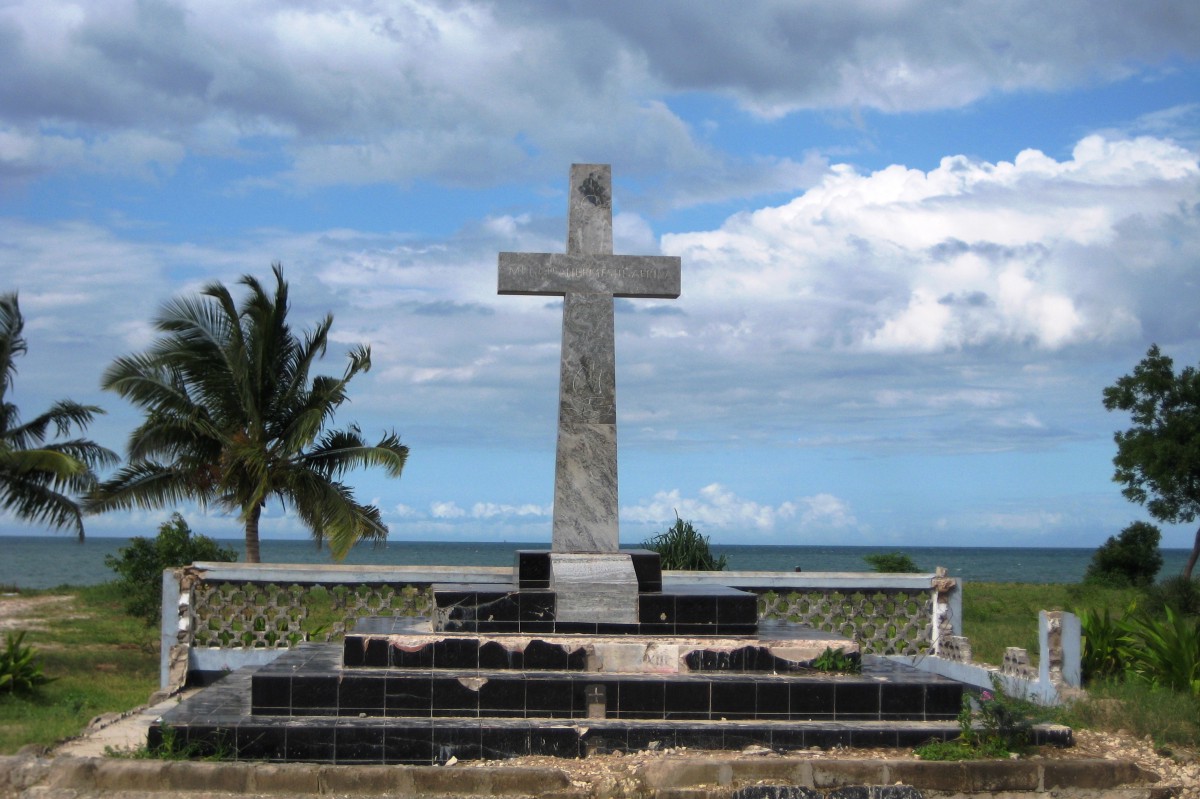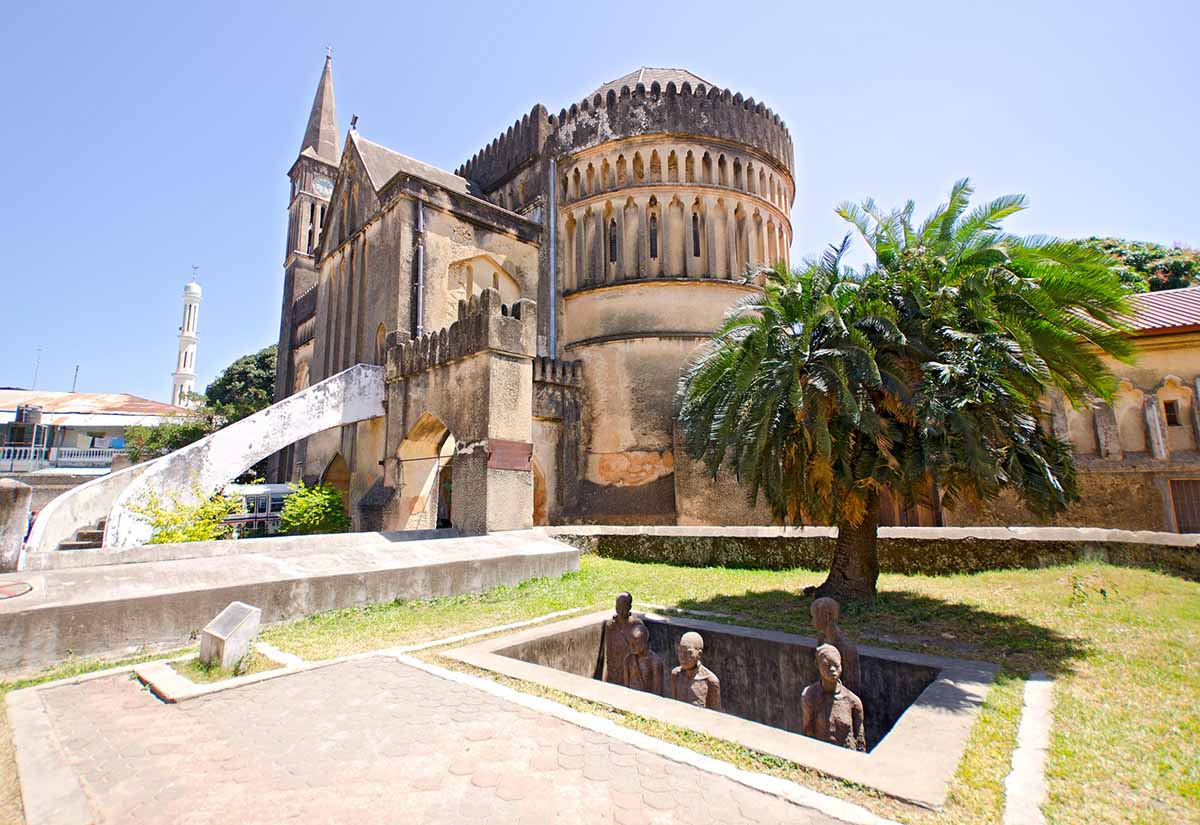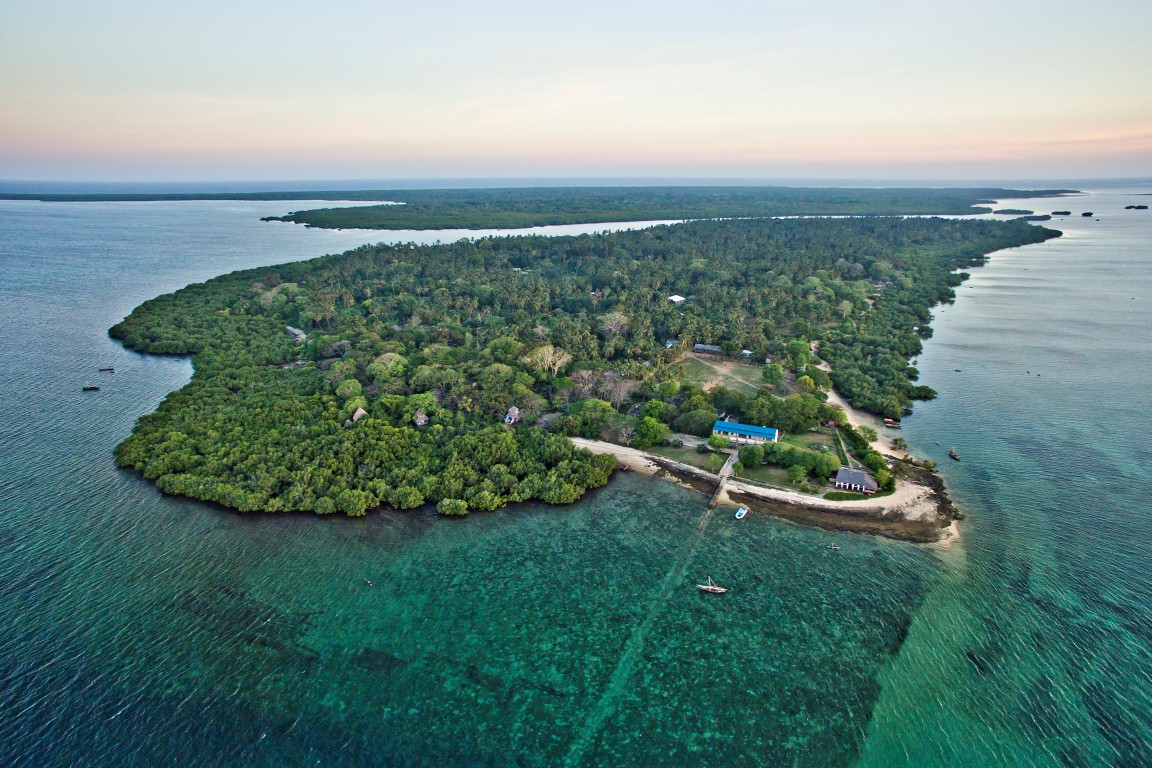Mikumi National Park
Mikumi is Tanzania’s fourth-largest national park. It’s also the most accessible from Dar es Salaam. With almost guaranteed wildlife sightings, it makes an ideal safari destination for those without much time.
Since completing the paved road connecting the park gate with Dar es Salaam, Mikumi National Park has been slated to become a hotspot for tourism in Tanzania. Located between the Uluguru Mountains and the Lumango range, Mikumi is the fourth largest national park in Tanzania and only a few hour’s drive from Tanzania’s largest city. The park has a wide variety of wildlife that can be easily spotted and well acclimatized to game viewing. Its proximity to Dar es Salaam and the amount of nature that live within its borders makes Mikumi National Park a popular option for weekend visitors from the city or for business visitors who don’t have to spend a long time on an extended safari itinerary.

